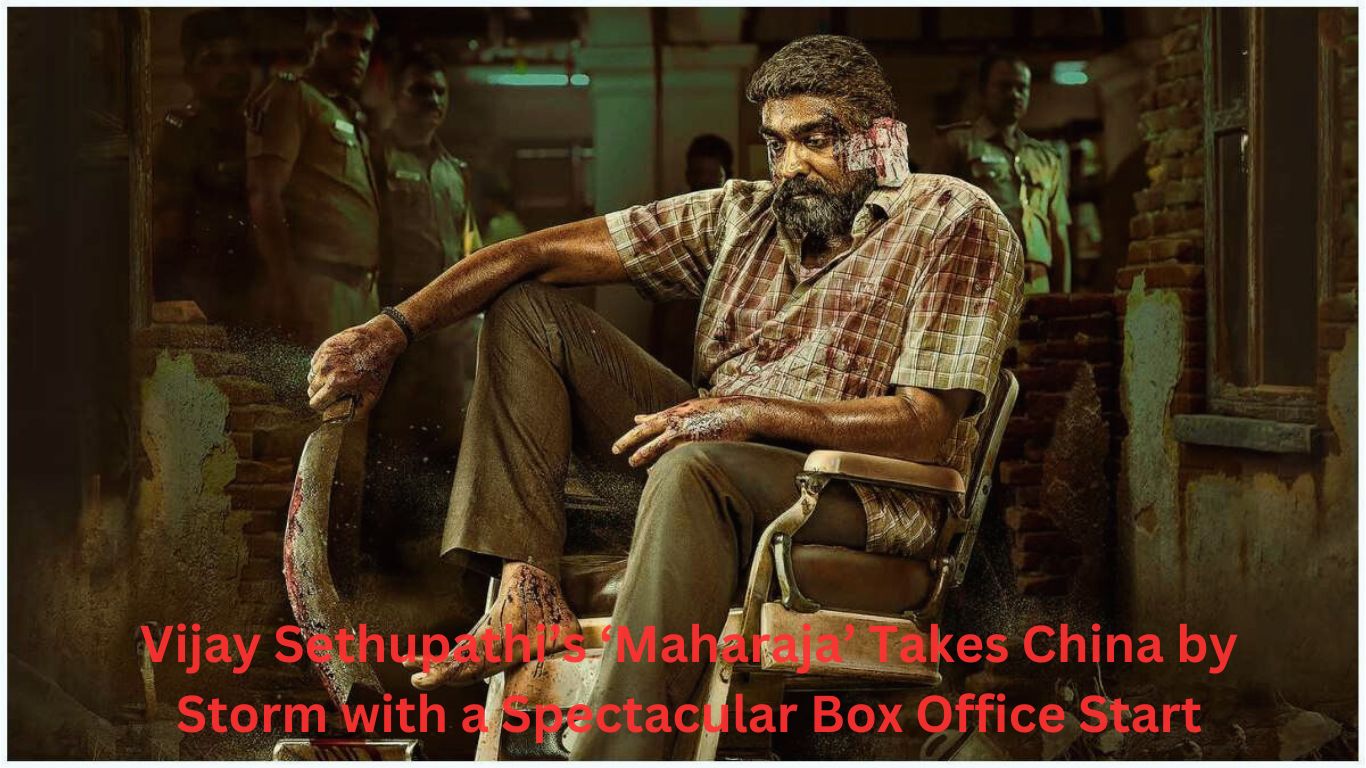Cult Classics: Why Some Films Find a Devoted Following Years Later
In the vast landscape of cinema, films come and go. Some are praised by critics, dominate the box office, and quickly fade into obscurity. Others, however, may stumble upon release but gradually emerge from the shadows to capture the imagination of dedicated fans. These are the cult classics—films that have developed a passionate following long after their initial release, often transforming into cultural phenomena that transcend their original context. But what exactly is it that fuels this remarkable resurgence?
The Definition of a Cult Classic
A cult classic is commonly defined as a film that has acquired a devoted fan base, often characterized by enthusiastic and loyal supporters. These films may not have achieved significant commercial success or critical acclaim upon their initial release, but over time, they cultivate a reputation that transcends their original limitations. Sometimes this results from unique storytelling, unconventional themes, or aesthetic choices, while other times, it stems from a film’s quirks and oddities that invite affection, humor, and even irony.
The Elements of Cult Status
-
Unconventional Storytelling: Many cult classics diverge from mainstream narrative structures. They may feature non-linear plots, surreal sequences, or open-ended conclusions that leave audiences intrigued. For instance, David Lynch’s "Eraserhead" challenges viewers with its nightmarish imagery and avant-garde style, enticing audiences to unpack its dense symbolism long after the credits roll.
-
Iconic Characters and Quotes: Cult films often introduce memorable characters with distinct personalities, often amplified by quotable lines that resonate with viewers. Take "The Big Lebowski," which has spawned a legion of "Dude" enthusiasts and delves into themes of identity and conformity. Such characters create a sense of connection among viewers, resulting in communal references and fan discussions.
-
Subversive Themes: Many cult classics tackle subjects that mainstream cinema avoids, exploring taboo topics or providing commentary on society in unconventional ways. Films like "Pink Flamingos," directed by John Waters, embrace shock value and challenge social norms, appealing to audiences eager to push boundaries.
-
Aesthetic Flair: Cult films often exhibit unique visual styles or innovative filmmaking techniques that distinguish them from conventional fare. Tim Burton’s "Beetlejuice," with its striking visuals and eccentric world, stands as a testament to the power of creativity in capturing an audience’s heart.
- Timing and Context: Sometimes, films resonate more profoundly when viewed through the lens of time. A film that initially flopped might find a second life in the context of modern societal changes or a revival of certain styles. "Donnie Darko," for example, gained popularity years after its initial release, partially due to its exploration of themes like time travel and teenage angst that resonate with subsequent generations.
The Role of Nostalgia and Community
The phenomenon of cult classics is often tied to nostalgia, an emotional connection that fans feel towards a film that resonates with their past experiences. Watching these movies may evoke a sense of familiarity and comfort, spawning a communal experience that brings people together. Events like midnight showings, themed parties, and fan conventions fuel the flame, where die-hard fans can celebrate their shared passion.
Moreover, the advent of the internet has allowed communities to flourish around niche films. Cult classic aficionados can connect through social media, online forums, and streaming platforms, sharing their interpretations, artwork, and even fan edits. This connectivity reestablishes the relevance of these films in contemporary culture.
Conclusion: The Legacy of Cult Classics
Cult classics serve as a reminder that the impact of a film is not solely measured by box office success or awards. Instead, they emphasize the social and emotional connections people have with cinema. These films invite audiences to experience and engage with art in a deeply personal manner, offering an escape into alternative realities or reflections of their own lives. As long as there are dreamers and storytellers, cult classics will continue to rise, reshaping the landscape of cinema and capturing the hearts of new generations.















